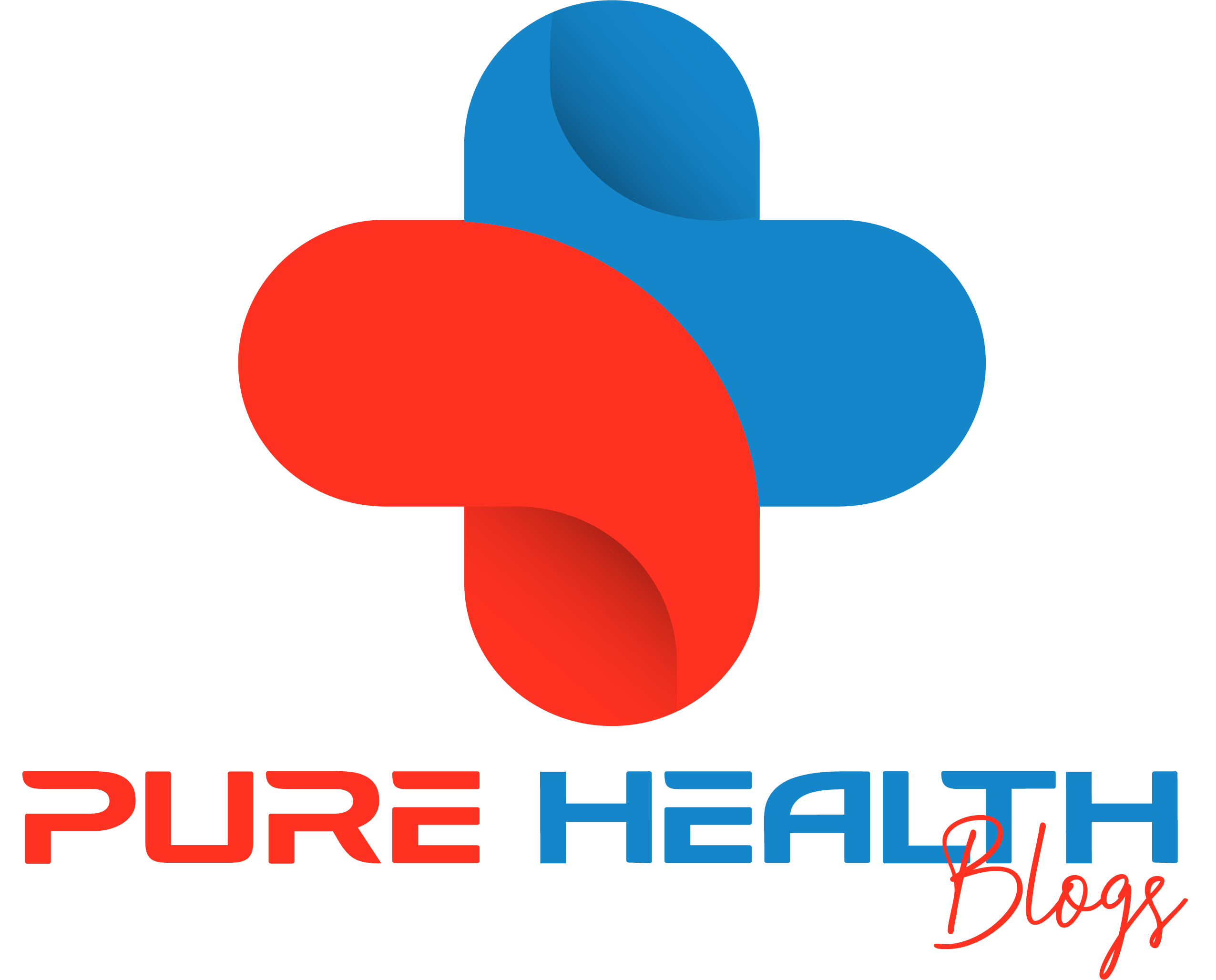General Health & Wellness
Cassia Oil Benefits for Circulation, Arthritis, Depression & More
Cassia oil is a potent essential oil with benefits like improving circulation, relieving arthritis, and boosting mood. Use safely with proper dilution.

The essential oil extract from Cassia tree (Cinnamomum cassia) bark represents a powerful medical oil. Since traditional medicine first embraced Cassia oil several centuries ago people have admired its warming spicy scent as well as its abundant health advantages. The therapeutic applications of Cassia oil extend beyond circulation support into arthritis treatment and embrace mental well-being advantages. The following discussion examines the extensive health advantages that Cassia oil provides to the body.
What is Cassia Oil?
The production of concentrated essential oil called Cassia follows the steam distillation process on the bark of the Cassia tree. Due to its membership of the same plant family with cinnamon Cassia oil presents a distinctive spicy scent that brings thoughts of cinnamon bark. The production process of Cassia oil starts from bark materials instead of the leaves and twigs used to make cinnamon oil leading to a stronger and distinctive aroma.
The chemical compounds in Cassia oil primarily consist of cinnamaldehyde which produces its aroma as well as many health-promoting benefits. People use the oil as a therapeutic agent in aromatherapy sessions and topical treatments and it serves as a flavoring component in selected food dishes. Cassia oil demonstrates exceptional therapeutic properties for circulation like Herbs for heart health and pain treatment as well as mental well-being improvement.
Benefits of Cassia Oil
1. Promotes Better Circulation
The main advantage of using Cassia oil is its effect on promoting blood circulation throughout the body. Included in its therapeutic properties is blood flow enhancement due to its warming effect that proves particularly helpful to people facing circulation problems. The circulatory system benefits from this treatment which delivers better oxygen supply to cells and results in reduced fatigue as well as warms extremities and promotes skin health.
The use of Cassia oil through topical and diffuser procedures helps maintain blood circulation while it boosts energy and generates sensations of warmth throughout the body.
2. Relieves Arthritis Pain
People typically utilize Cassia oil as a tool to handle arthritis symptoms. The therapeutic properties of Cassia oil act as an anti-inflammatory agent that also has analgesic effects in the treatment of arthritis symptoms. The performance of Cassia oil serves two functions: increasing circulation while lowering inflammation to balance arthritis symptoms.
You should mix Cassia oil with coconut or olive oil to create a solution for gentle massage on arthritis-affected areas. The heating sensation of Cassia oil combats muscle tension while soothing the joints.
3. Supports Mental Health – Combats Depression
The scent of Cassia oil functions as a mood-booster that elevates spirits and fights depression. However, this liquid oil functions in aromatherapy treatments for diminishing anxiety while alleviating depression symptoms. The scent of Cassia oil with its warm spiciness decreases stress feelings alongside mood elevation as it brings about relaxation benefits.
Secretions of serotonin neurotransmitters develop after inhaling Cassia oil because these compounds serve as essential elements for maintaining a balanced mood. A diffusion of Cassia oil used regularly functions to reduce depressive symptoms and maintain emotional balance.
4. Enhances Digestive Health
The therapeutic substance found in Cassia oil supports the proper functioning of the digestive system. The substance maintains carminative properties which stops gastrointestinal gases from building up as well as lessens digestive tract discomfort. Cassia oil used as a diluted topical massage with a carrier oil for stomach massage helps improve digestive flow by reducing indigestion symptoms.
The inhalation of Cassia oil shows benefits to reduce nausea symptoms and boost appetite in selected cases so it serves as a reliable natural remedy for digestive problems.
5. Natural Antimicrobial Agent
The strong antimicrobial properties of Cassia oil enable it to combat three types of microorganisms including bacteria alongside fungi and viruses. The antimicrobial properties of Cassia oil allow its use as a natural surface cleaner or introduction into the air to purify the home environment. Cassia oil enables immune system support through its antimicrobial properties that become particularly advantageous during periods of cold and flu infections.
6. Pain Relief for Muscle Soreness
Cassia oil functions as a suitable choice because it provides both warming and pain-relieving effects which help treat muscle pain and soothe sore muscles. People can use Cassia oil to treat discomfort that results from compound leg exercises, activities and injuries and basic tension. By improving blood circulation, the oil acts to decrease swelling and simultaneously accelerate muscle healing.
How to Use Cassia Oil?
The following methods allow you to integrate Cassia oil into your daily activities:
Aromatherapy
People commonly utilize Cassia oil as an integral part of their aromatherapy routines. Adding only a few drops of Cassia oil in a diffuser will create a pleasant warm and uplifting odor that spreads throughout the room. The inhalation of Cassia oil creates a positive impact on mood while reducing stress while promoting mental calmness.
Topical Application
For topical use of Cassia oil, you need to mix it with a carrier oil selected from coconut oil and olive oil and jojoba oil. You can prepare a skin massage by blending a small amount of Cassia oil with a carrier oil for relief of circulation or arthritis symptoms. Using Cassia oil by itself on the skin should be avoided because its strength can create irritations.
Bath Soak
The relaxation effects of Cassia oil can be experienced through its integration into bathwater along with several drops. The warming nature of Cassia oil contains properties that ease muscle tensions while improving blood circulation and relieving stress. The proper use requires performing a good dilution before adding it to bathwater to prevent skin irritation.
Massage
Gentle massage with Cassia oil functions as a treatment for arthritis as well as muscle soreness and it improves blood circulation. The oil needs a carrier substance to create a mixture which should be gently massaged onto areas where stiffness and pain exist. The application of this oil helps with discomfort reduction and supports blood circulation that accelerates the healing process.
Risks of Cassia Oil
- Skin Sensitivity: Using Cassia oil without dilution results in potent irritative effects to the skin. It is necessary to mix the oil with carrier oil to prevent skin irritation.
- Allergic Reactions: Usage of Cassia oil might trigger allergic reactions which manifest as inflamed skin or swollen tissues together with itching. Perform a patch test before you apply Cassia oil too frequently.
- Interaction with Medications: The interactions of Cassia oil affect blood-thinning medications as well as diabetes medicine and medicines that control hypertension. Seek medical advice when you are currently taking medication.
- Not Safe for Pregnant Women: Cassia oil shows stimulating properties so doctors must approve its use by pregnant women unless pregnancy results in pregnancy clearance.
Potential side effects of Cassia oil
- Skin Irritation: Pure Cassia oil leads to skin reactions that include redness along with burning feelings and irritation. A carrier oil should be added to the Cassia oil before its application.
- Allergic Reactions: People may show allergic symptoms which include bodily hives and skin rash together with swelling. Do a preliminary patch test before application.
- Headaches: Cassia oil concentration at high levels can induce headaches for susceptible persons who breathe it for extended durations.
- Gastrointestinal Issues: When using Cassia oil regardless of the form of intake exceeding safe levels can trigger nausea along with vomiting and stomach discomfort.
- Respiratory Irritation: People with respiratory sensitivities may experience respiratory irritation because of Cassia oil exposure through fumes or direct inhalation leading to coughing and breathing difficulties.
Call to Action:
Acquire the multiple advantages of Cassia oil for circulation enhancement and pain reduction and mental wellness improvement by using it today. Regular usage of Cassia oil will bring positive effects to your everyday life. People who experience arthritis along with those dealing with stress or looking to enhance blood flow should consider Cassia oil as their natural support system.
Frequently Asked Questions (FAQ)
1. Can I use Cassia oil directly on my skin?
You should never apply Cassia oil directly to your skin because it requires dilution with a carrier oil first. Application of Cassia oil requires dilution in carrier oil for safe use.
2. How does Cassia oil help with depression?
Cassia oil generates depression relief through serotonin release while it reduces stress because of its calming effects on mood.
3. Is Cassia oil safe for children?
Children younger than 2 years old should avoid the use of Cassia oil. Obtain pediatrician approval for Cassia oil usage with older children.
4. How long does Cassia oil take to show results for arthritis?
The use of Cassia oil regularly brings arthritis relief to multiple individuals after just a few days of persistent application.
5. Can I ingest Cassia oil?
People should avoid taking Cassia oil without seeking medical guidance from a qualified health practitioner because of potential toxic effects.
6. Can Cassia oil help with colds and flu?
Yes, The antimicrobial effects of Cassia oil help reduce congestion while strengthening immune function in flu and colds. Cassia oil needs a carrier oil for topical application or you can use it in a diffuser system.
7. Is Cassia oil safe during pregnancy?
Cassia oil remains prohibited during pregnancy except when doctors specifically approve its usage because it possesses stimulant characteristics. Always consult your doctor first
8. How often can I use Cassia oil for pain relief?
Apply diluted Cassia oil once or twice daily to experience pain relief. Discontinue use if irritation occurs.
Related Blogs:
How Does Hawthorn tree Enhance Heart Health and Blood Circulation
-
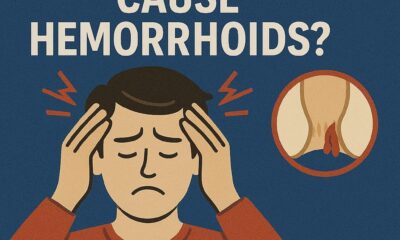
 General Health & Wellness3 months ago
General Health & Wellness3 months agoCan Stress Cause Hemorrhoids? Myth or Medical Reality?
-
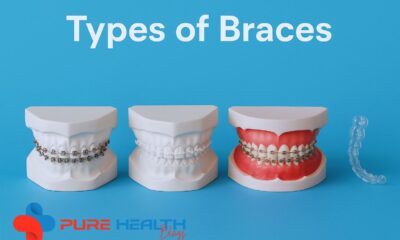
 Men & Women's Health2 months ago
Men & Women's Health2 months agoLatest Types of Braces: Unexpected Costs, Benefits & Best Treatments
-

 Mental Health2 months ago
Mental Health2 months agoThe Silent Panic Attack Trap That’s Hurting Millions Now
-
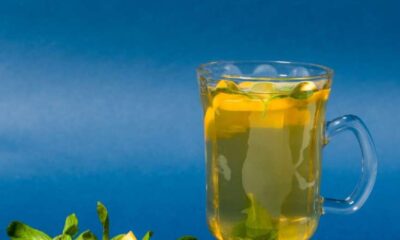
 Diet & Nutrition3 months ago
Diet & Nutrition3 months agoRare Lemon Balm Benefits That Will Calm Your Mind & Heart
-
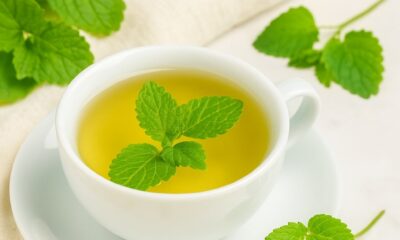
 Diet & Nutrition3 months ago
Diet & Nutrition3 months agoHow to Make a Lemon Balm Tea for Effective Weight Loss
-
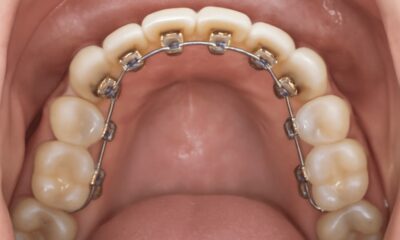
 Men & Women's Health3 months ago
Men & Women's Health3 months agoComplete Truth About Lingual Braces Costs, Benefits And Care
-

 Recipes4 months ago
Recipes4 months agoHow to Make Melissa Tea at Home: A Step-by-Step Guide
-

 General Health & Wellness4 months ago
General Health & Wellness4 months agoIs Your Unusual Heel Pain a Scary Serious Problem?

